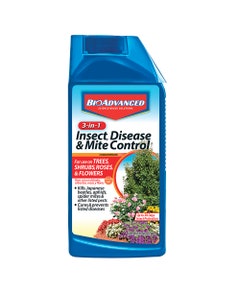

Anthracnose (Ornamental)
Anthracnose is a general term for fungal diseases that attack shade trees, shrubs and lawns. The most common trees affected include dogwood, elm, maple, sycamore and white oak. Due to their size, it is difficult to control on trees. On trees and shrubs, the fungal disease leaves reddish-brown, black or tan spots on leaves and sunken cankers on stems. It can cause severe leaf drop and twig dieback, and even leaf curl back on young trees. It is most common after spring rains. Anthracnose can sometimes infect roses in very hot weather and is often confused with black spot.
Cultural Solutions
- Plant resistant varieties whenever possible.
- Clean up and dispose of fallen leaves and litter, where disease can overwinter.
- Dispose of infected branches after pruning.
- Avoid severe pruning, as resulting vigorous growth can increase infection.
- Space plants sufficiently to maximize air circulation and increase sunlight for faster drying.










